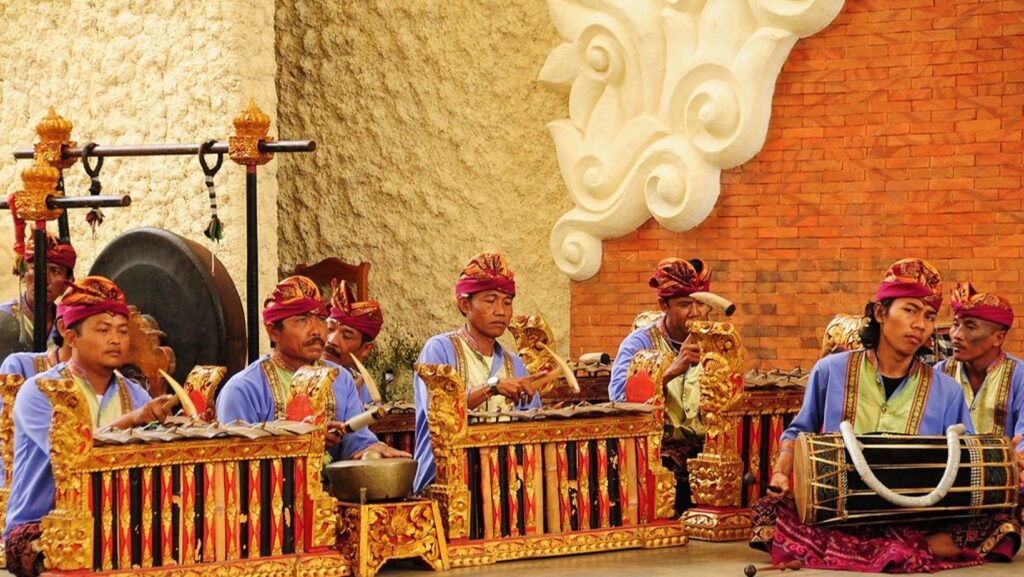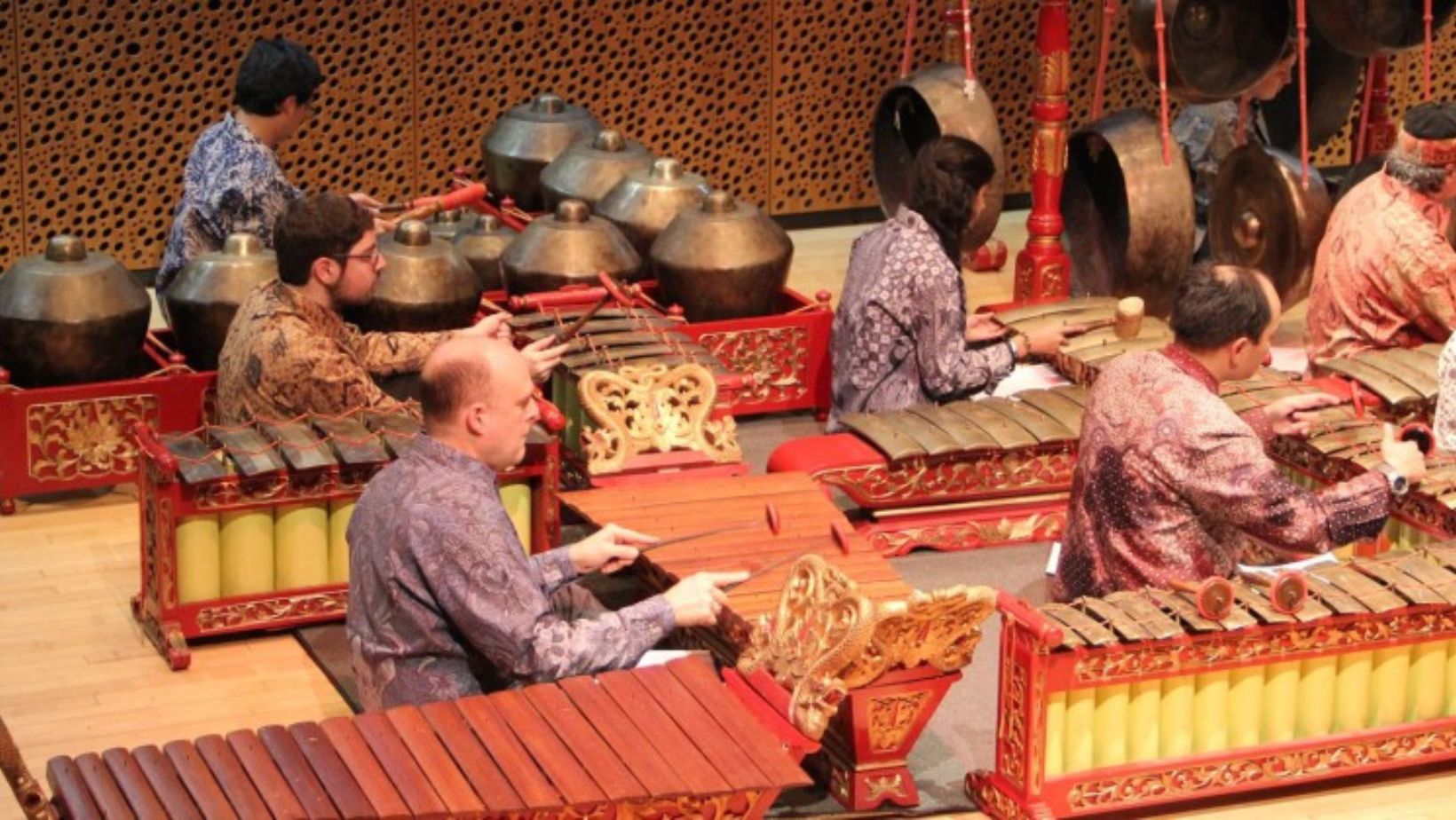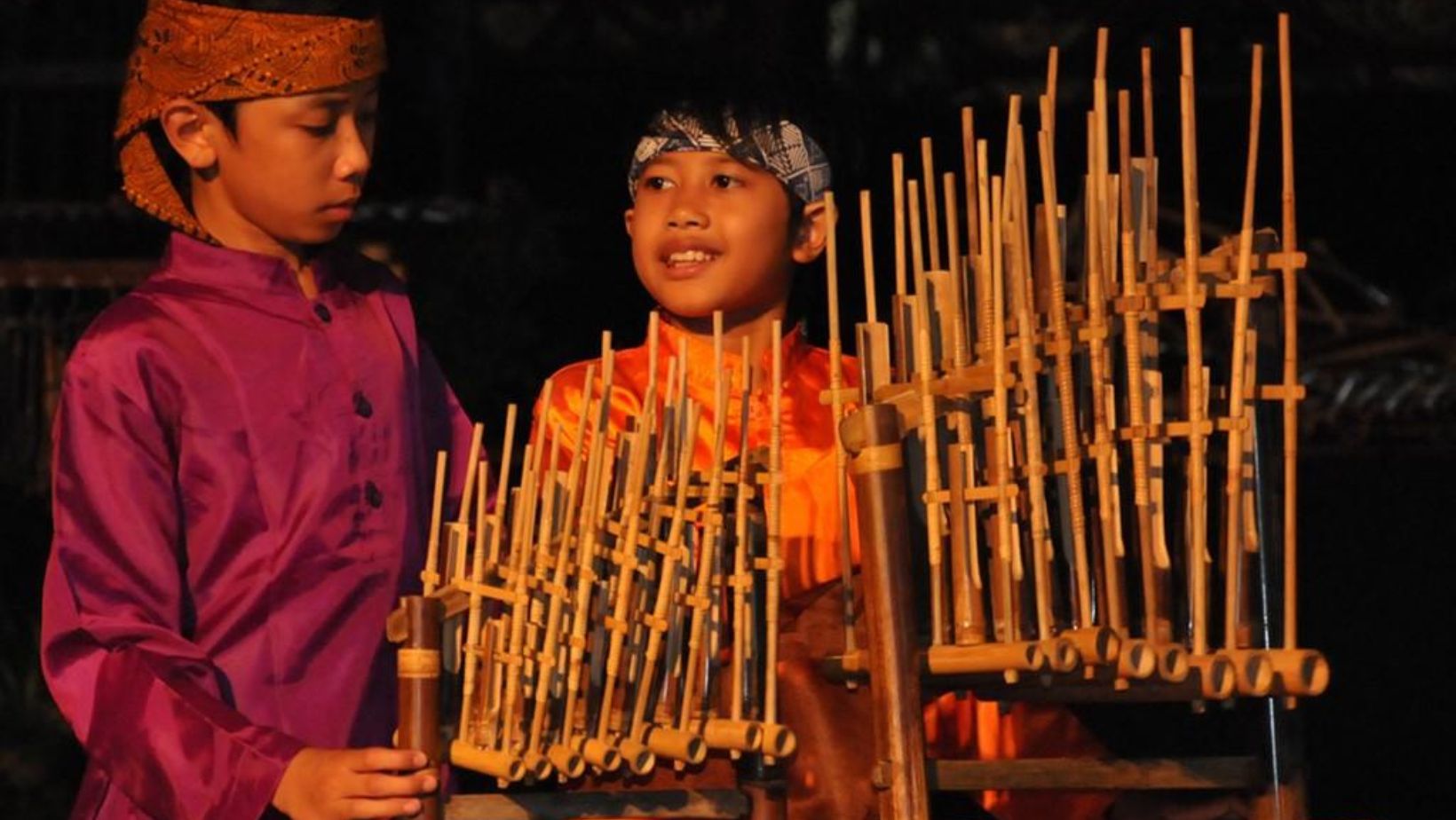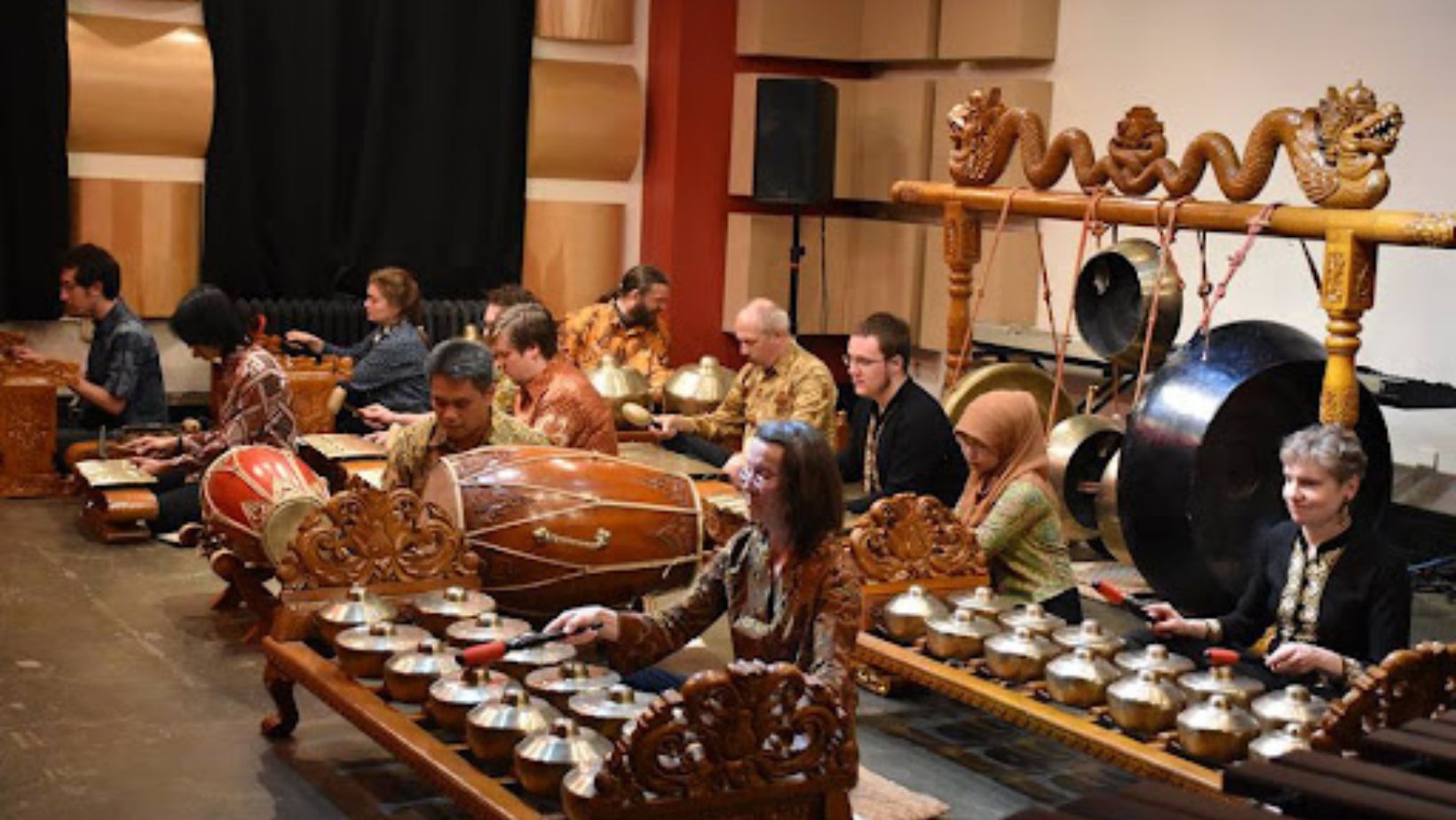

The tembang macapat cacahe ana is a unique poetic form that has its roots deeply embedded in the cultural fabric of Java. Its intricate patterns and rhythms serve as a captivating backdrop to the profound messages it conveys. This article aims to provide an insightful exploration of this beautiful art form, its significance, and its enduring appeal. So, let’s embark on this journey, immersing ourselves in the mesmerizing world of tembang macapat cacahe ana.
Tembang Macapat Cacahe Ana
Origins and Historical Significance
Tembang macapat finds its roots in the rich culture of Javanese literature, with ‘cacahe ana’ being one particular style or mode within this complex
The significance of tembang macapat cacahe ana, historically, extends beyond mere entertainment. Serving as a medium of moral instruction and spiritual enlightenment, it resonates with the didactic function of ancient Javanese literature.
The Meaning Behind the Lyrics
Understanding the meaningful lyrics of tembang macapat cacahe ana proves a rewarding endeavor, revealing insights into Javanese philosophy, life perspectives, and societal norms.

With a history spanning centuries, tembang macapat cacahe ana functions as a cultural artifact, symbolizing Javanese heritage and identity. Its poignance encapsulates an array of moral teachings, societal values, and philosophical insights. For the Javanese, it serves as a timeless archive of wisdom, guiding communal behavior and individual character growth.
The Cultural Significance of Tembang Macapat Cacahe Ana
Javanese ceremonies often incorporate tembang macapat cacahe ana, portraying it as a vessel of spiritual guidance and moral teachings. In these
ceremonies, it acts as a mediator through ceremonial speech, transforming the abstract into the tangible and deepening the understanding of Javanese wisdom. At weddings, it’s often sung to bless the couple with wisdom, while at funerals, it’s recited to provide solace and highlight the impermanence of life.
In tembang macapat cacahe ana, symbolism exists as a critical tool in narrating complex moral teachings and societal attitudes. Each verse projects layers of meaning, often interpretive, requiring an understanding of Javanese culture and language to fully comprehend.

Clearly, the degree of symbolism in tembang macapat cacahe ana embodies intricate narratives, merging daily realities with higher philosophical ideas.











